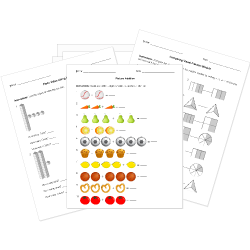Common Core Standard HSF-TF.B.6 Questions
(+) Understand that restricting a trigonometric function to a domain on which it is always increasing or always decreasing allows its inverse to be constructed.
You can create printable tests and worksheets from these questions on Common Core standard HSF-TF.B.6! Select one or more questions using the checkboxes above each question. Then click the add selected questions to a test button before moving to another page.







